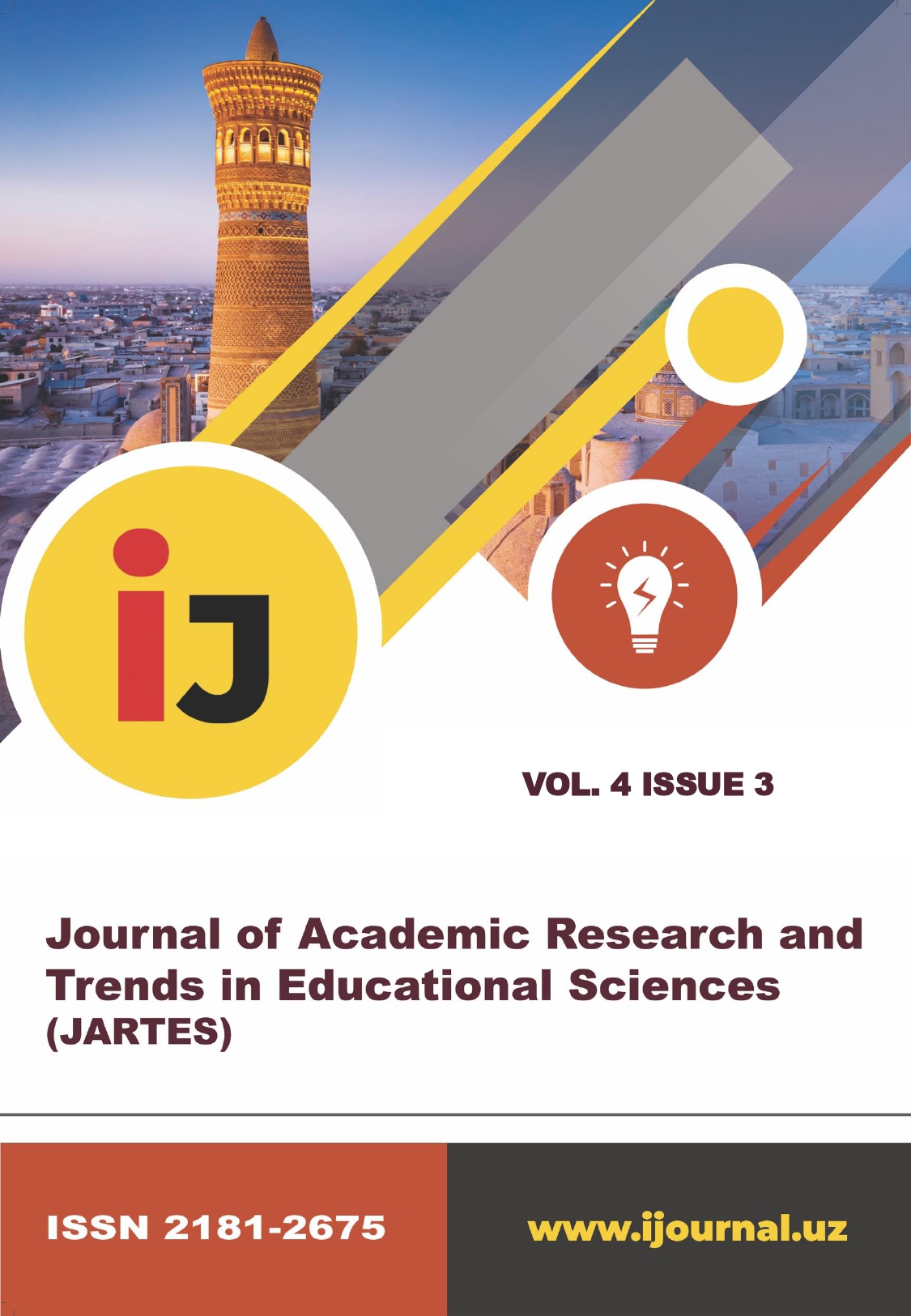THE ROLE OF DIGITAL PLATFORMS IN ENHANCING TRADE FACILITATION AND EXPORT POTENTIAL OF UZBEKISTAN
Keywords:
Uzbekistan, digital platforms, trade facilitation, e-commerce, Single Window, export potential, logistics performance, ePhyto, paperless trade, international trade integrationAbstract
Digital platforms are reshaping trade facilitation worldwide by streamlining documentary compliance, reducing logistics frictions, and broadening market access for firms—especially small and medium-sized enterprises (SMEs). This article assesses how such platforms can enhance Uzbekistan’s export potential. Drawing on comparative evidence (World Bank Logistics Performance Index, WTO trade outlook), policy documents (UNECE, WCO), and country-specific initiatives (Single Window, Uzbekistan Trade Info, e-phytosanitary certification), we analyze where Uzbekistan stands and what additional gains are feasible. We adopt a comparative-analytical methodology, triangulating international benchmarks with case-based illustrations (e-certificates of origin, e-phyto, B2B marketplaces, and commodity e-trading). Our results indicate tangible progress: the national Single Window and step-by-step trade portal reduce information and compliance costs; the adoption of IPPC ePhyto advances paperless trade; and curated access to major global platforms (e.g., Alibaba) expands commercial reach. Remaining constraints include uneven systems interoperability, gaps in cross-border data exchange, logistics bottlenecks, and SME capabilities. We propose a sequenced reform package: (i) full end-to-end digitization of priority certificates; (ii) interoperability via international standards (UN/CEFACT, WCO Data Model); (iii) targeted SME e-export support; and (iv) data-driven performance management tied to the 2025–2030 national trade facilitation roadmap. These measures can accelerate export diversification and reduce time and cost to trade.
References
1. World Integrated Trade Solution (WITS). (2024). Uzbekistan trade data (2015–2024). World Bank and UNCTAD. Retrieved from https://wits.worldbank.org
2. Observatory of Economic Complexity (OEC). (2025). Uzbekistan: Exports, imports, and trade partners. Retrieved from https://oec.world
3. World Integrated Trade Solution (WITS). (2024). Uzbekistan trade profile. World Bank and UNCTAD. Retrieved from https://wits.worldbank.org
4. World Bank. (2023). Connecting to Compete 2023: Trade Logistics in the Global Economy. Washington, DC: World Bank. Retrieved from https://lpi.worldbank.org
5. Asian Development Bank. (2022). Trade and transport facilitation in CAREC: Highlights. https://www.adb.org/ (policy highlights on digitalization and customs efficiency). Asian Development Bank
6. Doing Business 2020. (2019). Comparing business regulation in 190 economies (World Bank). (Includes Trading Across Borders methodology and Uzbekistan reforms). World Bank
7. International Chamber of Commerce. (n.d.). Certificates of origin. https://iccwbo.org/ (guidance on COs and digitalization). ICC - International Chamber of Commerce
8. International Plant Protection Convention (IPPC). (2024). Uzbekistan President commends NPPO progress to boost plant protection. https://www.ippc.int/ (ePhyto adoption in Uzbekistan). IPPC
9. FAO Investment Centre. (2025, March 18). Bringing phytosanitary certificates into the digital age. https://www.fao.org/ (benefits of ePhytos). FAOHome
10. ITC. (2023, February 20). Digitalizing certificates of origin for efficient trade. https://www.intracen.org/ (benefits and processes for eCOs). International Trade Centre
11. OEC. (2025). Uzbekistan: Exports, imports, and trade partners (profile, 2023 data). https://oec.world/ (export composition). The Observatory of Economic Complexity
12. State Statistics/Trading Economics (COMTRADE mirror). (2025). Uzbekistan exports by category (2024). https://tradingeconomics.com/ (headline export value). Trading Economics
13. UNECE. (2025, May 23). Uzbekistan launches National Trade Facilitation Roadmap 2025–2030. https://unece.org/ (strategic framework). UNECE
14. UNCTAD. (2023). Connecting to Compete 2023: Logistics Performance Index (report). https://lpi.worldbank.org/ (global logistics and digitalization). Logistics Performance Index
15. UNCTAD. (2024, June 6). Making trade faster, safer and more resilient: Four decades of innovation (ASYCUDA). https://unctad.org/ (role of ASYCUDA). UN Trade and Development (UNCTAD)
16. UNCTAD/ITC/MOIID. (n.d.). Uzbekistan Trade Info (About page). https://uztradeinfo.uz/ (WTO-TFA-compliant step-by-step portal). Uzbekistan Trade Info
17. United States Department of State. (2023). Uzbekistan—eCommerce (Country Commercial Guide). https://www.trade.gov/ (Alibaba partnership and SME onboarding). Trade.gov
18. WCO. (2022, March). WCO supports Uzbekistan in enhancing its Single Window environment (GTFP/SECO). https://www.wcoomd.org/ (data model and SW alignment). World Customs Organization
19. WITS – World Bank/UNCTAD TRAINS. (2024). Uzbekistan trade snapshot (latest available). https://wits.worldbank.org/ (trade aggregates and tariff context). World Integrated Trade Solution
20. World Bank. (2023). Logistics Performance Index 2023—International portal. https://lpi.worldbank.org/ (country scorecards and indicators). Logistics Performance Index
21. Uzbekistan Single Window. (n.d.). singlewindow.uz services overview. https://singlewindow.uz/ (electronic declaration and services). Single Window
22. Uzbek Commodity Exchange (UZEX). (n.d.). About UZEX (electronic trading platforms). https://uzex.uz/ (domestic e-trading channels relevant to exports). UzEx
23. UK Department for Business & Trade. (2025, April 7). Trade and investment factsheet: Uzbekistan. https://www.gov.uk/ (illustrative bilateral flows). GOV.UK
24. WTO. (2024). Global Trade Outlook and Statistics—April 2024. https://www.wto.org/ (trade projections; digital services tables).
Published
Issue
Section
License
Copyright (c) 2025 Umida Sharipova, Sarvinozkhon Shokirova

This work is licensed under a Creative Commons Attribution-NonCommercial-NoDerivatives 4.0 International License.
All Rights Reserved.





